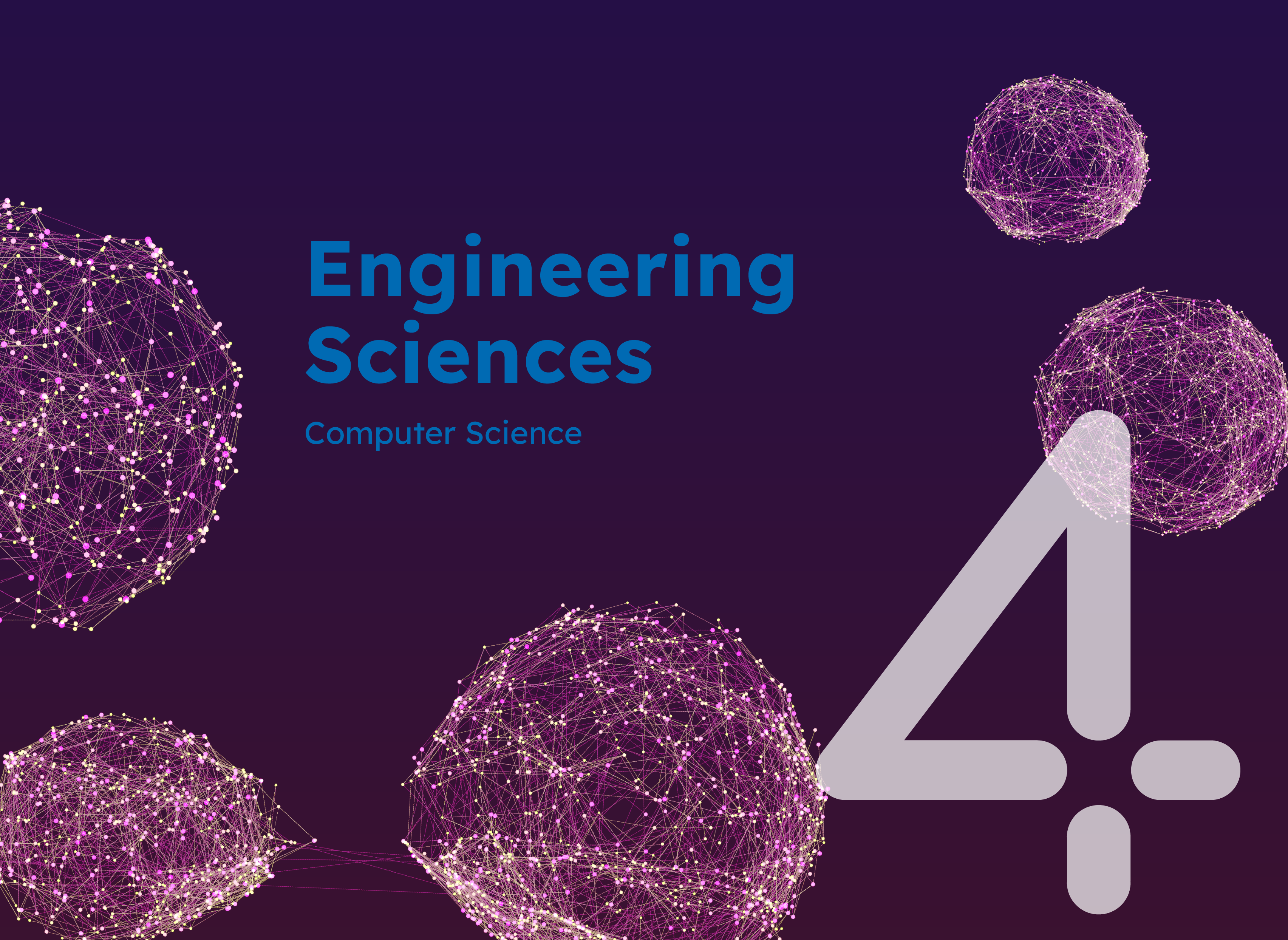Project
CFD Simulations Ecurie Aix
Every year starting at September we, as the Formula Student Team of RWTH Aachen University, develop a completely new electric race car which is also able to drive autonomously. We try to find the best geometries for our car within the regulatory constraints and while keeping performance compromises with other design areas in mind. To develop and improve our aerodynamic package, we conduct extensive CFD simulations with Simcenter Star-CCM+.
Project Details
Project term
December 1, 2021–December 31, 2022
Affiliations
RWTH Aachen University
Institute
Ecurie Aix
Project Manager
Principal Investigator
Methods
Over the years, our simulations have been developed further and further to improve accuracy, resulting in several simulation approaches being used currently, depending on the desired information about the different aerodynamic phenomena and influences on the racetrack. These include a straight-line half car simulation using a symmetry plane which consists of around fifty million cells, a full car simulation with a yawed car and turned front tires as well as a cornering simulation, the latter two both using around one hundred million cells. In our development process, we mainly use the straight-line and yaw-angle simulations as they provide much quicker turnaround times and yield enough information. The yawed car is used to include the influence of various driving states on our aerodynamic performance. This is especially important because the purpose of our high-downforce vehicle concept is to increase performance in grip-limited driving conditions, which means those are also the situations in which the car state differs most from the neutral state. This is also the reason for the development of the cornering simulation. Here, the car can be fully transformed to represent real driving situations in corners, including a curved wind tunnel which makes sure that the air flow relative to the vehicle matches the real air flow during cornering. For these simulations we are using a coupled solver with the k-Omega SST turbulence model.
Apart from the external aerodynamics, we also use CFD simulations for the design of our cooling systems. These include a water-cooling circuit for our four electric motors and the corresponding inverters as well as an air-cooled battery. Apart from system simulation in MATLAB Simulink and Siemens Amesim, we use thermal CFD simulations to analyze their behavior.
Results
Over the course of 2022, we put a lot of effort in optimizing the aerodynamic package as we will keep most of the parts from the 2021/22 car. We optimized the front wing, undertray and rearwing and added some parts like strakes on the front wing and undertray. We also added aerodynamic cover on the suspension rods to improve the airflow going into the undertray. All this adds up to a 10% improvement in downforce and efficiency, resulting in a coefficient of lift of -6.7 and an efficiency of 3.35.
In terms of cooling, we are currently developing our own microtube radiators. This type of radiator enables a much higher heat dissipation, taking advantage of the principle of the Carman’s vortex street. Our estimations done in a MATLAB model show a potentially higher heat dissipation of over 25% with a 60% reduction in weight and size. We are also developing a housing for the radiators that increases the mass flow by 80%.
Although we had big problems getting the car ready last season and hardly drove before the events, we managed to get the overall 6th place and 1st place in efficiency at the Formula Student Germany, the biggest and most prestigious Formula Student event in Europe. This shows exemplarily how great the potential of the car is and with the new adjustments we even went a step further.
Additional Project Information
DFG classification: 409 Computer Science
Cluster: CLAIX
 ⠀
⠀